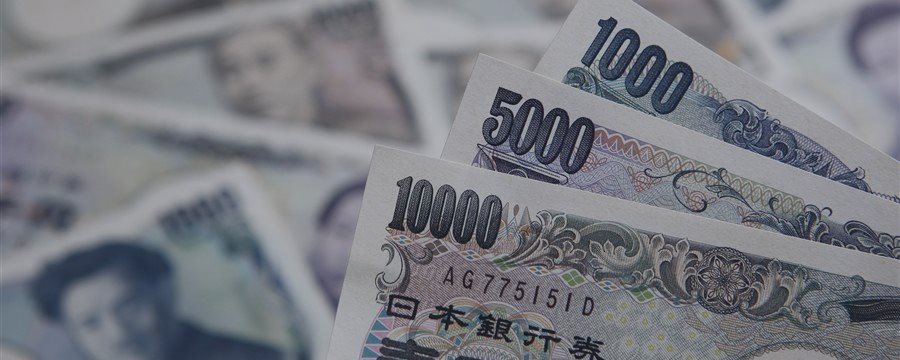
The dollar dropped against the yen in Asia trade Friday, as local media said the government is drawing up a fresh fiscal stimulus in the form of a supplementary budget exceeding 3 trillion yen ($25 billion).
The greenback was last at ¥120.74 compared with ¥121.11 late Thursday in New York.
Earlier in the session, the greenback gained thanks to short-covering after the Bank of Japan’s decision to stand pat.
Amid speculation that the BOJ would go ahead with monetary easing as the growth outlook darkened and the central bank’s inflation goal looked blurred, the central bank decided to keep its policy unchanged. The regulator maintained its asses purchases at 80 trillion yen, its main means for fighting deflation which has lingered over a decade.
Later in the day, the Nikkei financial daily reported that the Japanese authorities are planning to gather a supplementary budget worth more than ¥3 trillion for the fiscal year ending March 2016 and won’t issue new government bonds to finance it.
The report helped push up the benchmark Nikkei Stock Average, which was last up 0.78%.
Meanwhile, analysts say the dollar is now well supported especially after the
Federal Reserve earlier this week opened the door more widely than
before to raising short-term rates at its December policy meeting.
However, it may reverse its course if the U.S. jobs data scheduled to come out early next month again disappoints markets.
Separate reports showed that Japanese consumer prices fell again in
September.
The core consumer price index slipped 0.1% from a year earlier in September, down for a second straight month and matching August’ s decline.
The U.S. currency was slightly weaker against the euro, which climbed to $1.0987 midday from $1.0980 late Thursday.
The common currency was at ¥132.67 from ¥132.97.


